Ask AI on The Internet
Question: South Africa’s massive reading problem Luke Fraser 16 May 2023 Grade 4 learners in South Africa have the worst reading ability in the world, with 81% incapable of reading for meaning. This is according to the 2021 Progress in International Reading Literacy Study (PIRLS 2021), which tested 12,426 learners across the country and compared them to students at a similar age level across 42 other nations. South Africa’s mean achievement score was 288 in the study, far below the 500 international average. Egypt was the second worst country in the study, but its score of 378 was well ahead of South Africa. A major concern for South Africa is that its achievement score has dropped significantly from the PIRLS 2016 study, where South Africa reported that 78% of children in Grade 4 could not read for meaning in any language. However, researchers noted that 21 of the 32 countries with trend data noticed a drop, with the Covid-19 pandemic having a major effect on teaching hours globally. In the 2021 study, Singapore (587), Hong Kong (573), the Russian Federation (567), England (588), and Finland (549) had the highest overall scores: The results in South Africa varied heavily across languages. Learners who were tested in Afrikaans and English scored significantly higher than those who were tested in African languages. Those tested in Afrikaans (387) and English (382) scored well above the average, while nine African languages scored below the mean, with Setswana (211) being the worstperforming language. Moreover, the Western Cape (363), Gauteng (320) and Kwa-Zulu Natal (297) outperformed the 288 mean, with more remote provinces Limpopo (244) and North-West (232) significantly lower. The biggest area of concern is that 81% of learners in the study were below the study’s low international benchmark, meaning that 81% of students cannot read for meaning. Moreover, only 11% of learners reached the low international benchmark, while 94% of students internationally could reach the low international benchmark. For South Africa, only 2% of readers could reach a high benchmark, while 1% reached the advanced benchmark. State of education The Centre for Development and Enterprise (CDE) previously said that South Africa has one of the worst-performing education systems in the world. “The President speaks of a ‘silent revolution’, while the minister talks of a ‘system on the rise’. The truth is that we face a silent crisis in our schools: South Africa has one of the worst performing education systems in the world,” said CDE’S Executive Director Ann Bernstein. The CDE said that South Africa spends roughly 13% of government revenue on education, which should improve competitive learning levels, reduce learning inequality, and train a large workforce. However, Professor Lant Pritchett said that South Africa is the biggest learning underperformer relative to GDP per capita among low and middle-income countries. CONFIDENTIAL Despite spending equivalent levels as high achieving Scandinavian countries, South Africa’s learning outcomes are worse than Kenya, Tanzania and Eswatini. Although poverty and ongoing infrastructural challenges have a debilitating effect on students, the incompetence of teachers has a massive effect on results. 80% of teachers in public schools lack the content knowledge and pedagogical skills for their subjects, For instance, the proficiency level of South African teachers (41%) is far below that of teachers in Zimbabwe (87%). Corruption is also not helping South Africa’s education system. A 2015 report by the National Education Evaluation and Development Unit (NEEDU) used to assess rural literacy found corrupt teacher hiring and promotion processes from union involvement. The “jobs for cash” scandal, as it was known, saw SADTU – the country’s dominant teacher union – get favoured individuals onto school governing bodies (SGBs) to ensure that those who paid positions could get them. The Minister of Education appointed a ministerial task team (MTT) to investigate the scandal, but Bernstein said that no government officials were prosecuted or suspended. Moreover, none of the MIT recommendations to tackle corruption have been implemented. Read: ‘Silent crisis’ at schools in South Africa – education department responds Source: South Africa’s massive reading problem – BusinessTech 12 August 2024 Read Text A and write a coherent and well-constructed essay of in which you analyse the structure to show how the writer’s purpose, which may be to inform or persuade the reader, is achieved. provide evidence from the text
**Analyzing the Structure and Purpose of Luke Fraser’s "South Africa’s Massive Reading Problem"** Luke Fraser's article "South Africa’s Massive Reading Problem," published on May 16, 2023, adeptly informs and persuades readers about the critical issues within South Africa's educational system, particularly focusing on the dismal reading abilities of Grade 4 learners. Through effective structuring and utilization of statistical data, comparisons, and expert commentary, Fraser achieves his dual purpose of alerting and convincing the audience about the severity of the educational crisis in South Africa. **Introduction and Presentation of Statistics** Fraser opens the article with a stark statistic: 81% of Grade 4 learners in South Africa are incapable of reading for meaning, based on the 2021 Progress in International Reading Literacy Study (PIRLS). Immediately, this draws the reader's attention to the gravity of the situation. This percentage is contrasted with other nations to highlight South Africa’s particularly dire standing, as it ranks the worst among 42 countries. This comparison with international peers, such as Egypt, which also performed poorly but still achieved a significantly higher score (378 against South Africa’s 288), sets a clear and concrete benchmark. **Comparative Analysis** The author uses comparative analysis as a tool to further persuade readers. By mentioning countries like Singapore, Hong Kong, and England, which have the highest scores, Fraser underscores not just the performance gap but suggests a standard that South Africa could aspire to. This juxtaposition emphasizes the stark contrast and the extent of South Africa’s underperformance. **Breakdown by Language and Geography** The text then delves into variations within South Africa, breaking down reading scores by language and region. Learners tested in Afrikaans and English performed relatively better than those tested in African languages, particularly Setswana, which scored the lowest. Similarly, provincial comparisons reveal disparities, with Western Cape, Gauteng, and KwaZulu-Natal outperforming more remote provinces like Limpopo and North-West. This nuanced breakdown highlights systemic inequalities within the country and suggests that socio-economic and geographic factors are at play. **Expert Commentary and Contextual Explanation** Fraser incorporates quotes from credible sources like Ann Bernstein from the Centre for Development and Enterprise (CDE) and Professor Lant Pritchett to lend authority and depth to his assertions. Bernstein’s assertion that South Africa’s educational system faces a "silent crisis" directly contradicts optimistic governmental rhetoric, thereby persuading readers to question official narratives. Meanwhile, Pritchett’s comment about South Africa being the biggest learning underperformer relative to GDP per capita among low and middle-income countries places the issue in an economic context, reinforcing the extent of the inefficiency and its broader implications. **Highlighting Teacher Competence and Corruption** The author does not merely present statistics; he investigates underlying factors such as teacher competence and corruption that exacerbate the crisis. The dismal proficiency levels of South African teachers, at 41%, compared to their Zimbabwean counterparts at 87%, suggest systemic issues in teacher training and recruitment. Furthermore, the “jobs for cash” scandal involving teacher union SADTU illustrates deep-rooted corruption that impairs educational quality. These factors are presented not just to inform but to evoke a sense of urgency and call for systemic overhaul. **Conclusion and Call to Action** Fraser concludes by highlighting the lack of accountability and implementation of recommendations to tackle corruption within the education system. This emphasis on unresolved issues serves to persuade readers that immediate and substantial actions are necessary to remedy the ongoing crisis. **Conclusion** In summarizing, Luke Fraser employs a well-structured approach, combining alarming statistics, comparative data, expert commentary, and an investigation into contributory factors to inform and persuade his audience about the severe reading problem among South African learners. By laying bare these multi-faceted issues, the article aims not only to inform but also to incite a call to action among policymakers, educators, and the general public.
Think your answer is better than the AI's? Post it below.
Question Tags
If you want your question answered by an AI, click here.

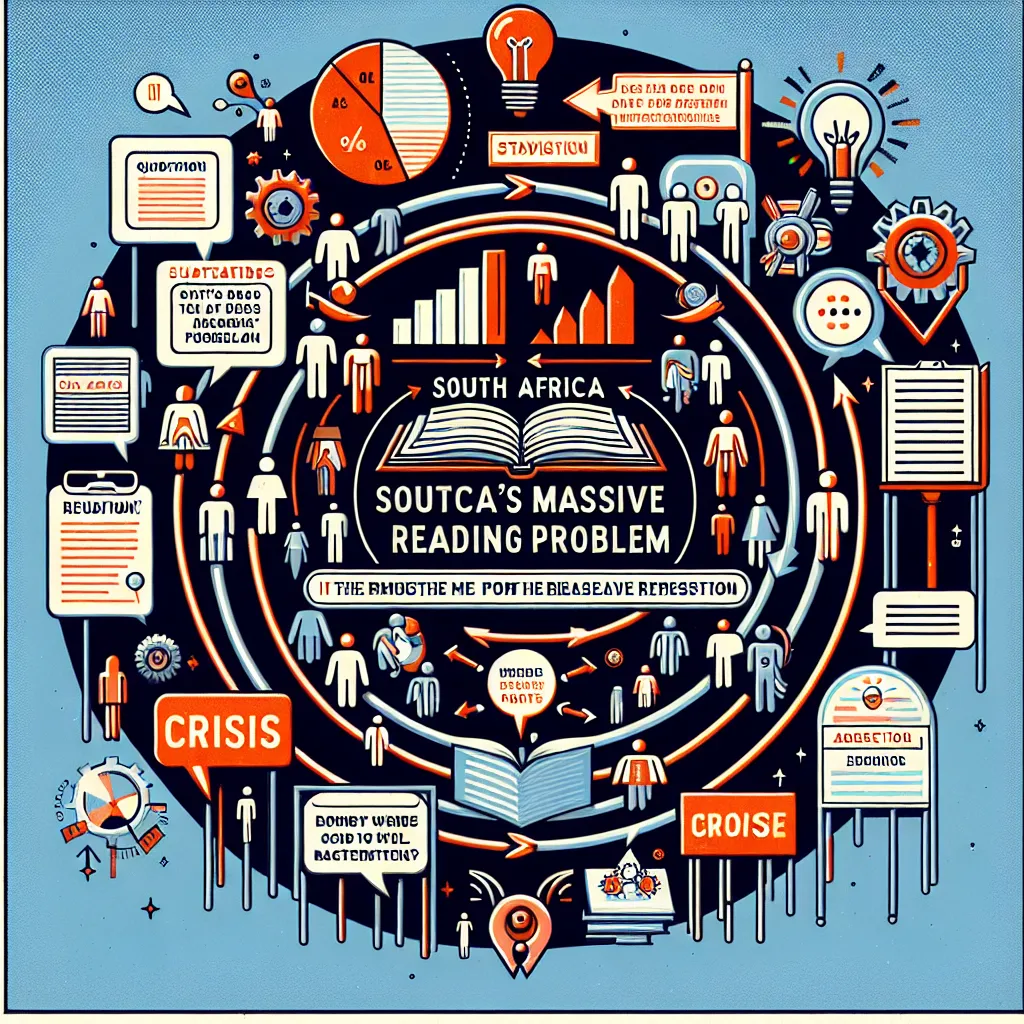
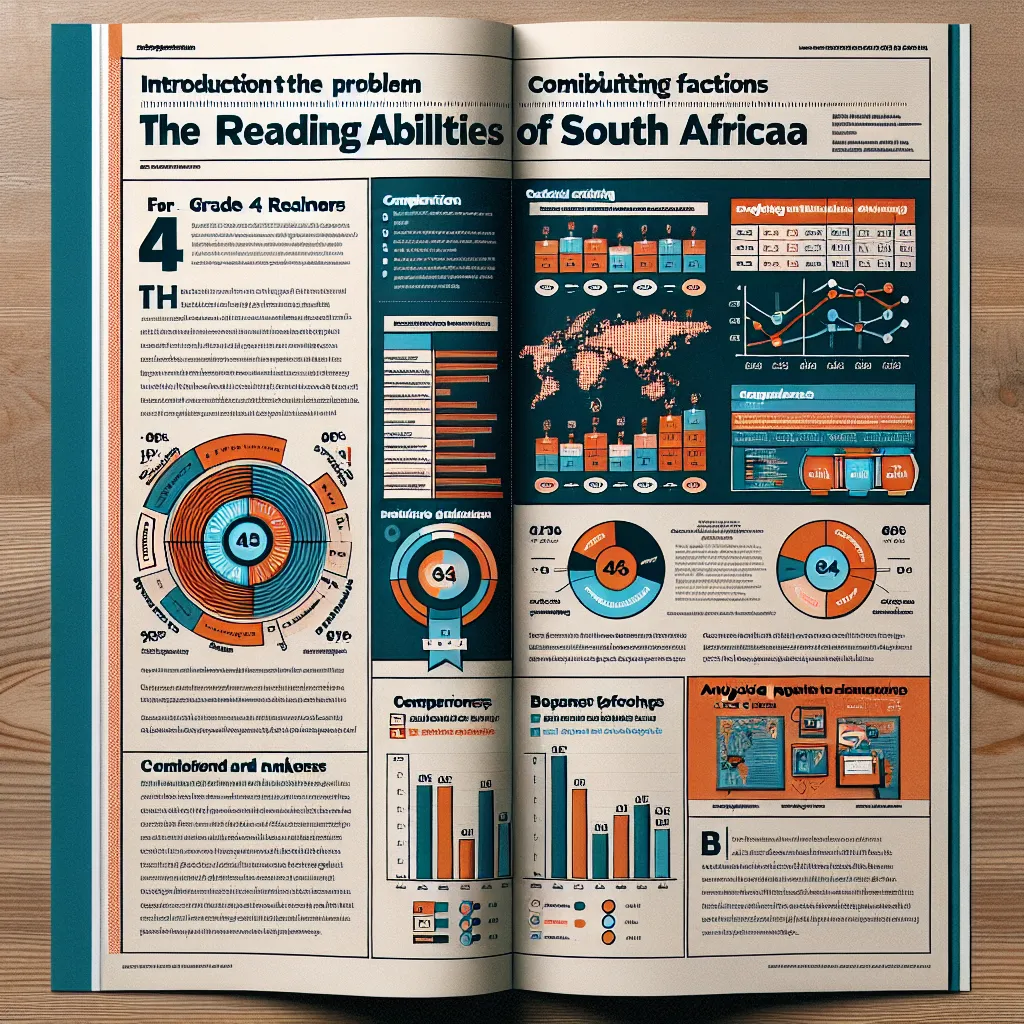
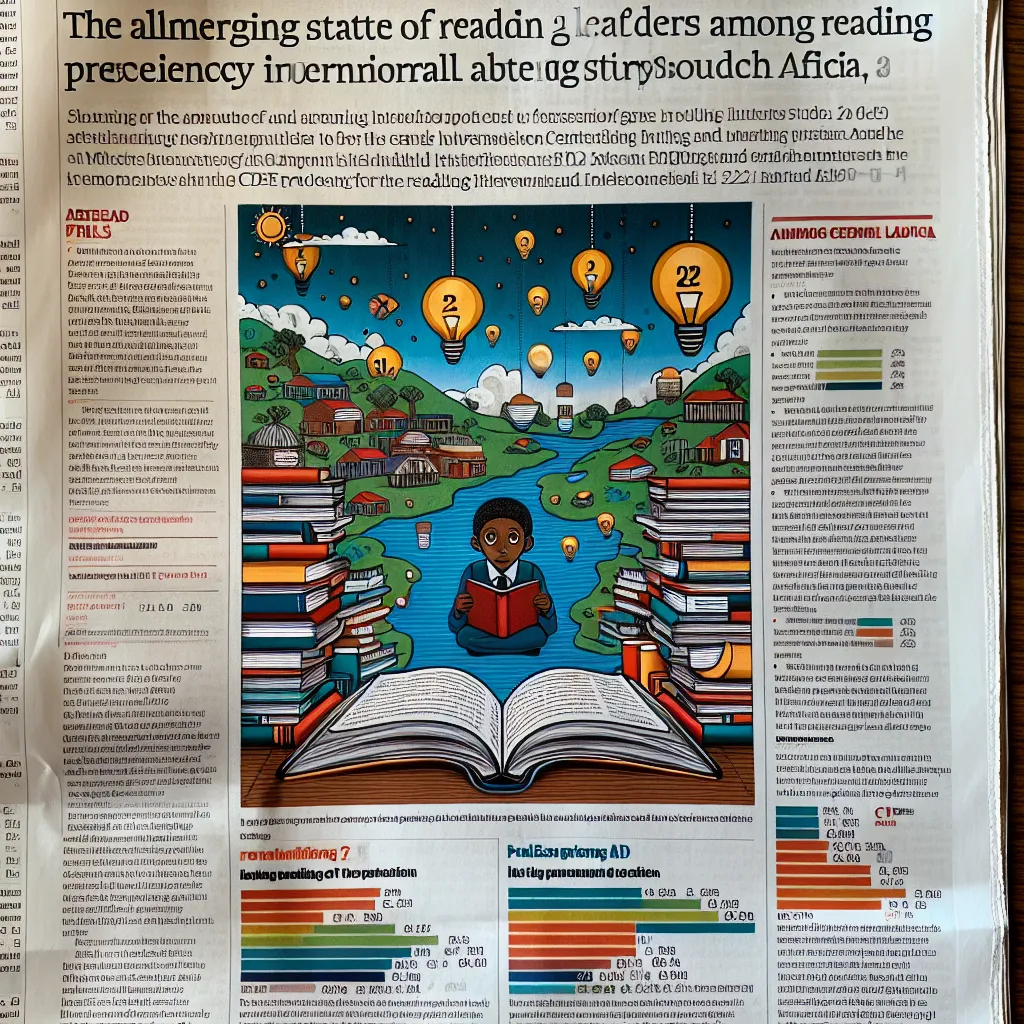
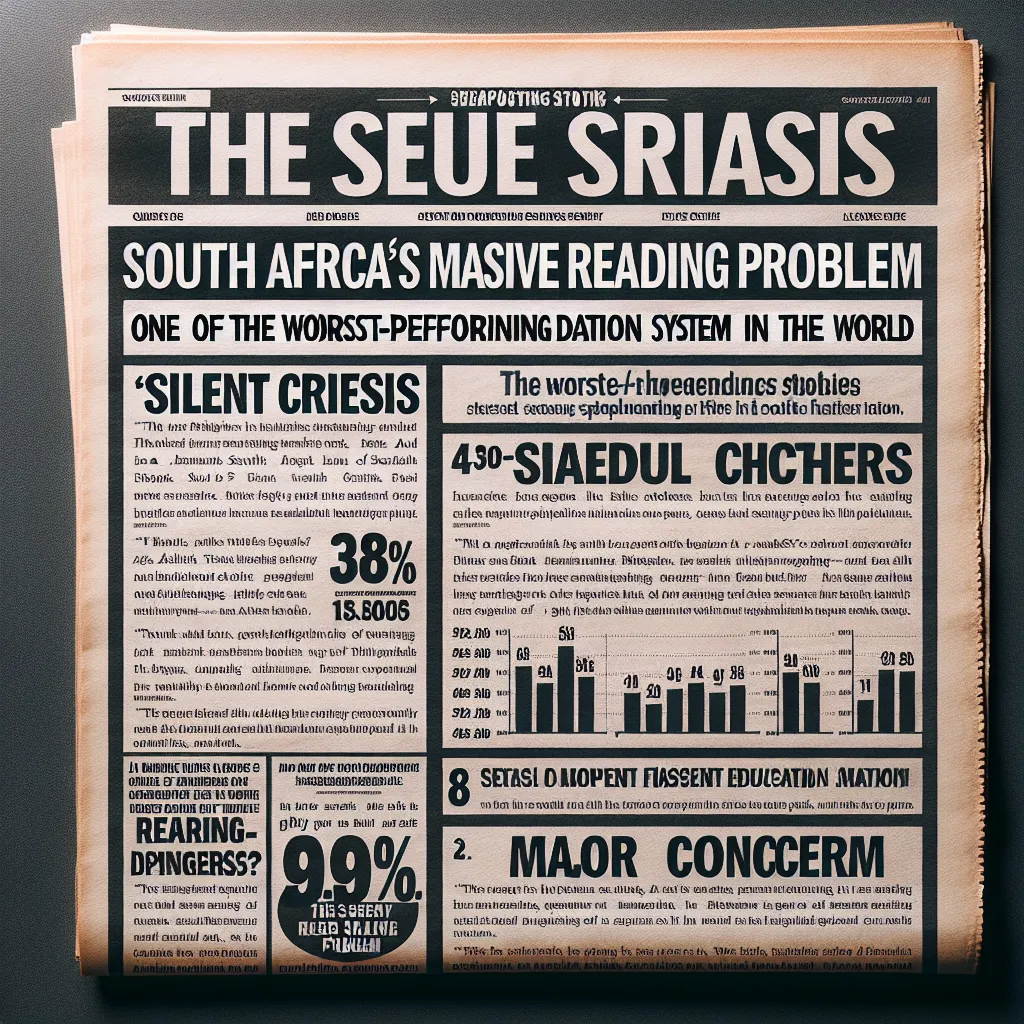
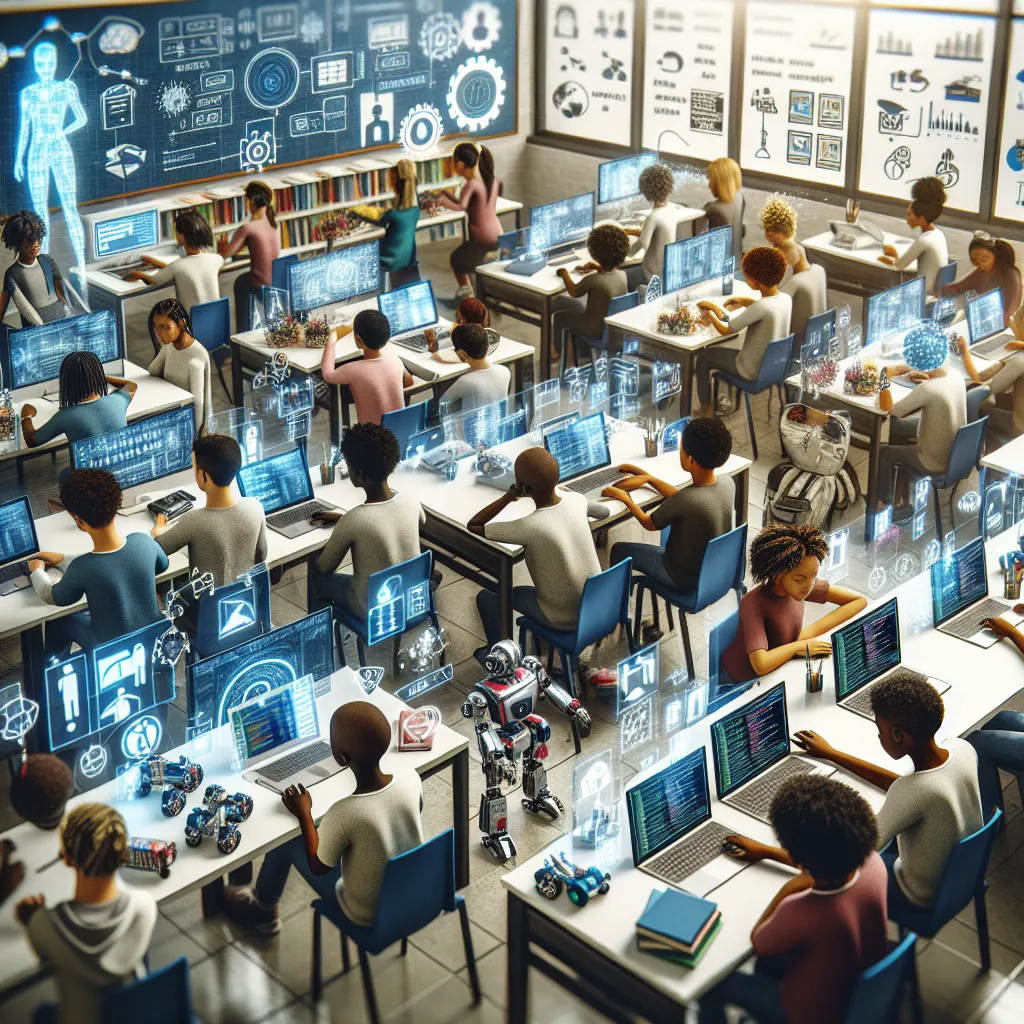

Post your own comment: